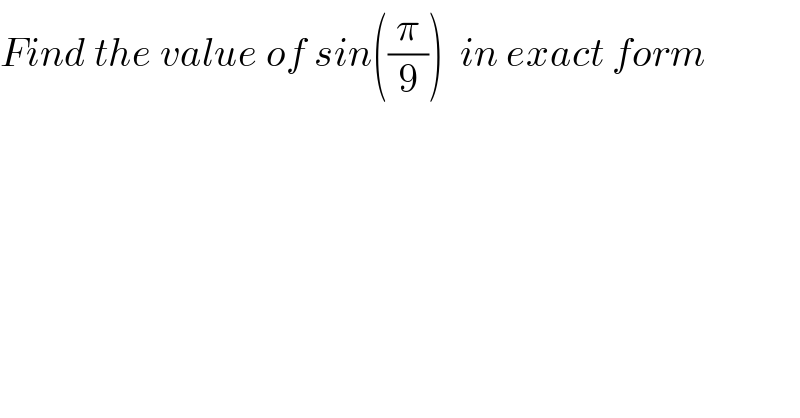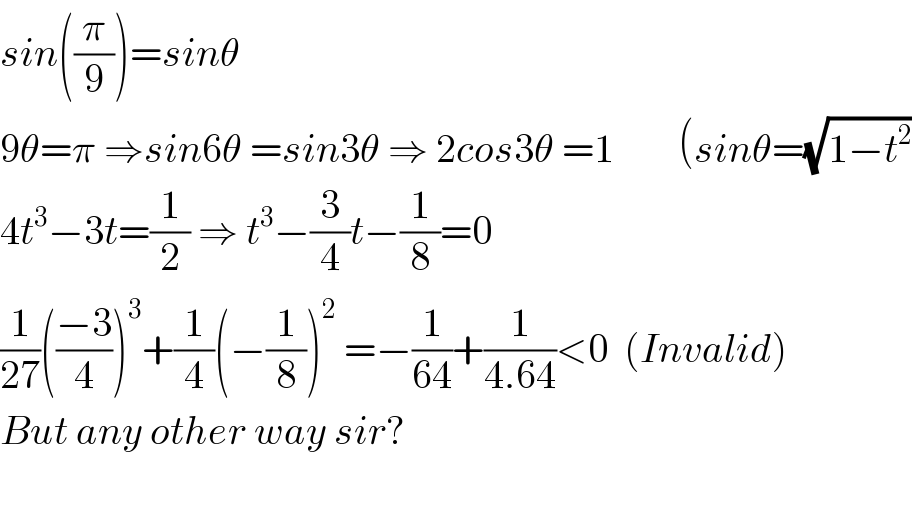
Question and Answers Forum
Question Number 123248 by Dwaipayan Shikari last updated on 24/Nov/20

Commented by MJS_new last updated on 24/Nov/20

Commented by Dwaipayan Shikari last updated on 24/Nov/20

Commented by MJS_new last updated on 24/Nov/20

Answered by zarminaawan last updated on 24/Nov/20

Commented by MJS_new last updated on 24/Nov/20

Answered by TANMAY PANACEA last updated on 24/Nov/20

Commented by MJS_new last updated on 24/Nov/20

Commented by TANMAY PANACEA last updated on 24/Nov/20

Commented by Dwaipayan Shikari last updated on 24/Nov/20

